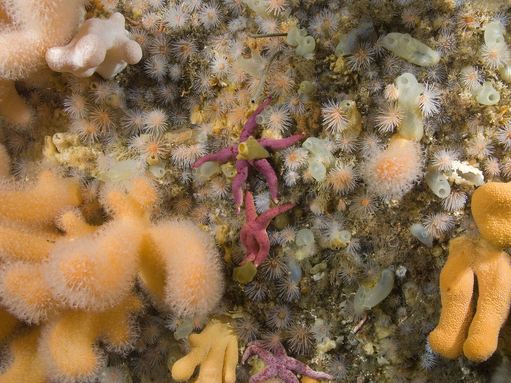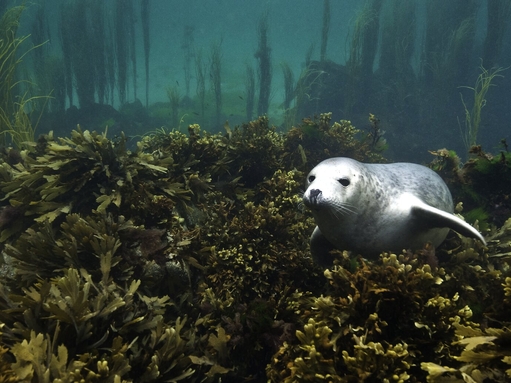HPMAs will be a new marine designation offering the highest level of environmental protection for our seas, banning all damaging activities to give nature the best chance of recovery. They will provide the opportunity to protect sites at a landscape scale for the first time, safeguarding all wildlife and habitats within their boundaries. By allowing space for nature, we have the opportunity to protect and restore vital areas for wildlife which have been severely damaged by years of overexploitation. Now, areas designated as HPMAs will be able to recover, benefitting not just the site itself but whole seas.
Defra has since announced the process for selecting the first HPMAs, inviting third parties to submit proposals for sites by the end of August. The Wildlife Trusts are delighted to have the opportunity to contribute to this historic designation. Wildlife Trusts around England have been busy preparing evidence for recommended sites which have the most to gain from HPMA designation and will act as star examples of the benefits HPMA designation can bring. Following my own work as a member of the HPMA review panel, this means The Wildlife Trusts will have played a significant role in shaping the roll-out of these vital new marine protections.

However, we still have work to do if we are to ensure that HPMAs fulfil their potential and become the gold-standard for protection of our seas.
In order for HPMAs to be effective, The Wildlife Trusts are calling for:
- HPMAs to take a whole-site approach, protecting all the wildlife and habitats within their boundaries with effective management measures.
- HPMAs should be sufficient in size and number, and well monitored to understand what happens when damaging activities are removed and how our seas can recover. This will also help us determine appropriate management measures for the rest of the Marine Protected Area network.
- HPMAs must provide a higher level of protection than other types of protected area, allowing marine areas to return to as natural a state as possible.
HPMAs have to be more than just a label - they need to result in meaningful action on the ground.
To give nature the vital space it needs, 30% of our seas must be designated as HPMAs by 2030.
By protecting sites from all damaging activities, the seafloor and waters will recover and become abundant with life once again. Fragile animals such as corals and reefs will return and fish of all shapes and sizes will thrive. This will not only benefit the numerous dolphins, whales, sharks, seabirds and seals which feed in our rich waters, but the spillover of fish into surrounding waters will help restock our seas, benefiting the fishing industry.
HPMAs will also give us the opportunity to protect and restore unique habitats, where special geological features provide shelter and food for a huge array of species. By protecting these sites from damage, we will conserve important marine areas for future generations to enjoy.
But HPMAs will not just improve conditions for marine life or those working and living by the sea. Healthier seas will help all of us in our fight against climate change. By banning destructive activities like bottom-trawling, scallop dredging and cable trench building, HPMAs will prevent the release of carbon from important stores within the seabed. The marine environment is earth’s largest carbon sink and it is vital we recognise this when protecting it.
Progress towards recovery in the marine environment is building and we are getting closer to the end-goal of an ecologically coherent marine protected area network. HPMAs can provide the essential protection our seas need as they become increasingly busy with renewable developments and fishing activities – as long as we ensure they are ambitious, well-designed and managed effectively.

ConversionConversion EmoticonEmoticon